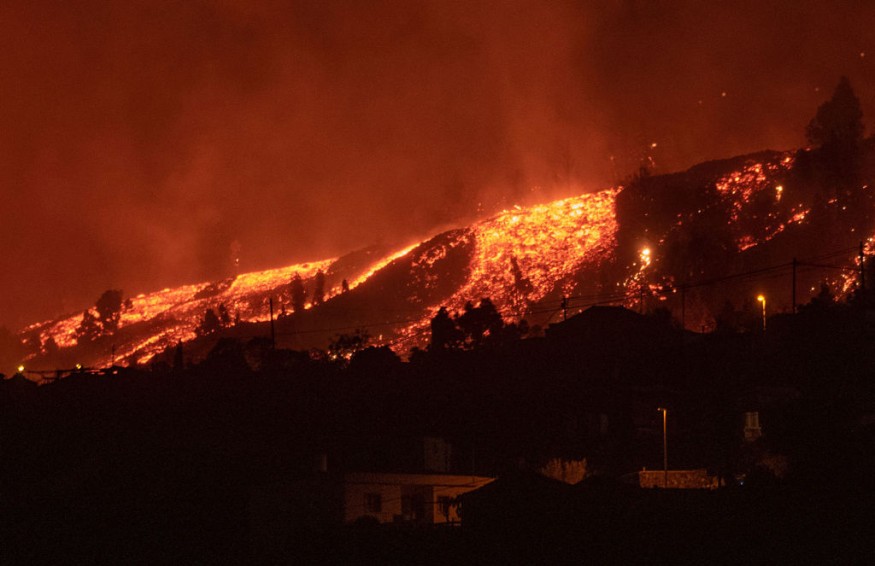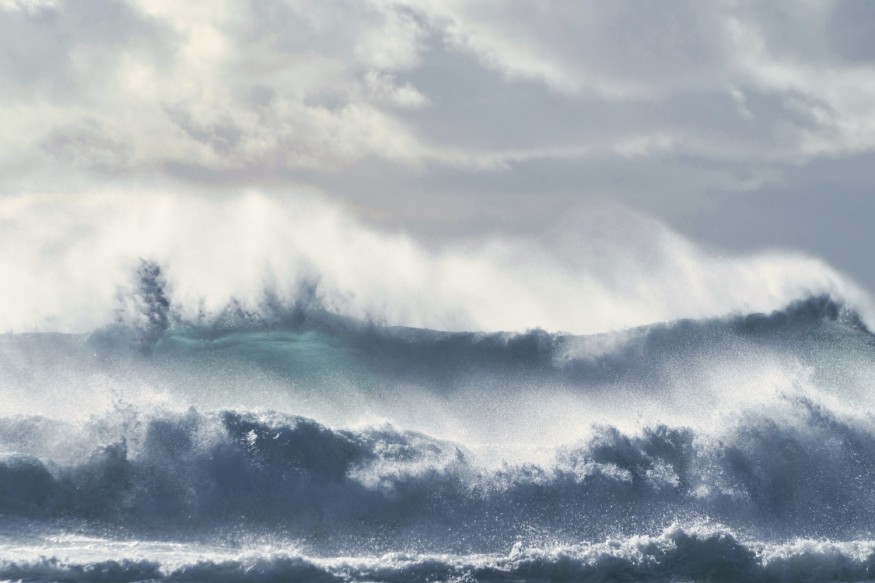The ongoing volcanic eruption on La Palma, as well as the often-discussed possibility of a massive tsunami being created by a flank collapse, were the subjects of this week's Volcano Watch report, written by scientists and associates of the USGS Hawaiian Volcano Observatory.

The latest eruption of La Palma in the Canary Islands has sparked fears that the volcano may collapse, causing a tsunami that would wreak havoc on North and South America's east coasts. Is such a situation, however, feasible or likely?
Experts Studying the Matter
"Volcano Watchers" are undoubtedly aware that an eruption started on September 19 in La Palma in the Canary Islands. Both areas have the potential for flank collapse and tsunami, and the eruption style is comparable to Hawaiian eruptions.

Every few hundred thousand years, basaltic ocean islands like Hawai'i and the Canary Islands endure catastrophic landslides, as discovered by USGS Hawaiian Volcano Observatory Scientist-in-Charge Jim Moore in the early 1960s! During the collapse of an island, a large piece of the island is lost, which can dispense massive volumes of saltwater, resulting in local tsunami waves that are estimated to be over 100 meters (300 feet) high. This concept arose because of the idea that falling volcanoes, notably in the Canary Islands, may cause ocean-wide "mega-tsunamis" arose from this concept.
According to a 2001 research report, the collapse of La Palma might cause tsunami waves up to 25 meters (80 feet) high to the eastern coastlines of North and South America. This scenario generated news in the media, which represented a massive wave destroying New York City incorrectly.
Related Article : Experts Debunked Fears of Mega-Tsunami Coming to East Coast Due to La Palma Volcanic Eruption
Mega-Tsunami's Possibility
Can these "mega-tsunamis" be caused by collapses distant from their source? Following research has placed doubt on this theory.
The "mega-tsunami" scenario for the Canary Islands anticipated a single, enormous collapse block that achieved a high velocity very rapidly. However, surveying the ocean bottom around the Canary Islands shows that collapses occur in a piecemeal or gradual approach. Furthermore, geomorphologists discovered that the probable collapse volume is substantially lower than the 2001 research predicted using slope stability analysis.
Since 2001, tsunami modeling has also progressed significantly. Landslide-induced waves are shown to travel at various rates and interact more across long distances, resulting in lesser wave heights further away from their sources. More accurate modeling was also aided by a better understanding of ocean bathymetry, island and coastline topography, and energy transmission between slide blocks and water.
According to these new calculations, the highest wave height along the east coast of the Americas from a "worst-case scenario" collapse of La Palma would be on the order of 1-2 m (3-7 feet)-still dangerous but comparable to regular storm surge.
Origins of the Theory
The "mega-tsunami" theory is also called into doubt due to a lack of geologic data. Tsunamis produce distinctive sediment deposits along the coasts they hit. On the eastern coastlines of North and South America, however, no similar deposit has ever been discovered.
Volcanic collapses on the Canary Islands are uncommon, occurring over hundreds of thousands of years, and should be preceded by signals of flank instability, such as an increase in earthquakes and ground surface deformation. Volcanoes on the Canary Islands erupt regularly-La Palma last erupted in 1971 and 1949, respectively-and slope stability assessments undertaken on the island show that the structure is stable. Before a collapse was likely, the volcano would have to expand dramatically.
This mountain of data disproves the "mega-tsunami" theory, indicating that it can't stand up to scrutiny. Tsunamis caused by volcanoes, on the other hand, are an actual occurrence and a serious hazard. For example, the Krakatau explosive eruption in Indonesia in 1883 resulted in a local tsunami that killed tens of thousands of people along adjacent shores. Likewise, a lesser eruption and collapse of Anak Krakatau, an island that developed in the 1883 caldera, caused a local tsunami in 2018, killing hundreds of people.
Local Tsunamis

Other volcanic processes can potentially cause local tsunamis. On the Hawaiian island Hawai'i, lava delta collapse at lava-ocean entrances can result in modest tsunamis that affect regions nearby. Local tsunamis in 1868 and 1975 were generated by slip on the fault underneath Klauea's south flank, which was linked to M7-8 earthquakes. These phenomena have occurred many times throughout human history; they will appear again, and the risks they entail demand our attention.
While the scientific assessment of the "mega-tsunami" theory has developed in the years following 2001, that pioneering study inspired others to do research that added to our knowledge of landslides and tsunami caused by volcanoes. In this sense, the novel offers a fantastic illustration of how science works!
Also Read : Satellite Images Show Europe's Most Active Volcano Mt. Etna as it Erupts for 50th Time This Year
For more news updates about what's happening to our environment, don't forget to follow Nature World News!
© 2025 NatureWorldNews.com All rights reserved. Do not reproduce without permission.





